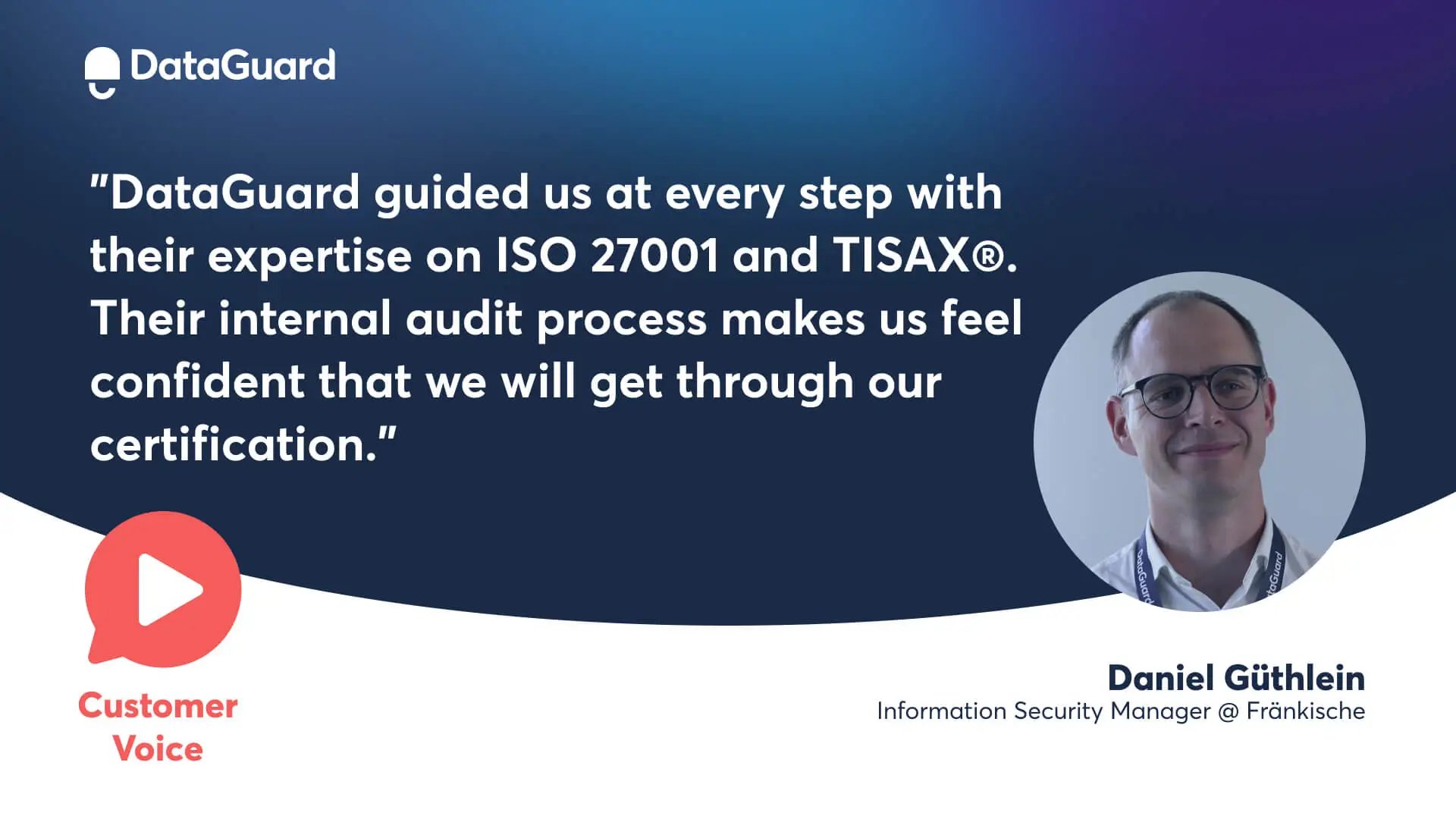What controls are included in ISO 27001:2022 Annex A?
The controls outlined in ISO 27001 Annex A are the measures you can implement to significantly reduce risks. Which ones you select depends on the weaknesses you've identified through a risk assessment.
As of 2022, there are a total of 93 controls divided into 4 categories. 11 of these controls were newly added to ISO 27001 in 2022. Each category describes the focus area of the controls' application.
ISO 27001:2022: Eleven new controls
Since 2022, ISO 27001 has incorporated eleven new controls, each assigned to distinct categories:
A.5.7 Threat intelligence
The "Threat intelligence" measure relates to collecting data on potential threats to information security and analyzing them in depth.
A.5.23 Information security for the use of cloud services
To implement the "Information security for the use of cloud services" measure, you need to establish and manage information security for the utilization of cloud services.
A.5.30 ICT readiness for business continuity
With this measure, companies create an ICT continuity plan to maintain operational resilience.
A.7.4 Physical security monitoring
Companies need to employ suitable monitoring tools for the "Physical security monitoring" measure to detect and prevent external and internal intrusions.
A.8.9 Configuration management
As part of "Configuration management," you establish guidelines for the documentation, implementation, monitoring, and review of configurations across your entire network.
A.8.10 Information deletion
The document "Information deletion" contains instructions for managing data deletion to comply with laws and regulations.
A.8.11 Data masking
"Data masking" provides techniques for masking personally identifiable information (PII) to comply with laws and regulations.
A.8.12 Data leakage prevention
To implement the "Data leakage prevention" measure, you must take steps to detect and prevent the disclosure and/or extraction of information.
A.8.16 Monitoring activities
The "Monitoring activities" measure provides guidelines to enhance network monitoring activities that detect anomalous behaviour and respond to security events and incidents.
A.8.23 Web filtering
You must enforce access controls and measures for "Web filtering" to restrict and control access to external websites.
A.8.28 Secure coding
This control mandates best practices of secure coding to prevent vulnerabilities caused by inadequate coding methods.
Controls according to ISO 27001: The categories
The ISO 27001:2022 standard contains 93 controls, which are assigned to 4 categories: organizational, people, physical, and technological. The grouping of controls into different areas makes it easier to decide who is responsible for implementing the measures and which measures are relevant in the first place.
Organizational controls (37 measures)
These controls are applicable when the risks do not fall under the topics of people, technology, or physical security. They include, for example, identity management, responsibilities, and evidence collection.
New organizational controls include:
- 5.7: Threat intelligence
- 5.23: Information security for the use of cloud services
- 5.30: ICT readiness for business continuity
Threat intelligence is a significant innovation in this area. This measure goes beyond the detection of malicious domain names. Threat analysis helps organizations better understand how they can be attacked and take appropriate precautions.
People controls (8 measures)
Remote work is a hot topic in the people area. However, the restructuring of the working world also comes with risks. This is where the people measures of ISO 27001 come in.
The area related to personnel only includes eight controls. These focus on how employees handle sensitive information during their daily work, which includes topics such as remote work, non-disclosure agreements, and screenings. This category also covers onboarding and offboarding processes, as well as responsibilities for reporting incidents.
Physical controls (14 measures)
Physical controls include security monitoring, maintenance, facility security, and storage media. This category is about how you protect yourself against physical and environmental threats such as natural disasters, theft, and intentional destruction.
New physical controls include:
- 7.4: Physical security monitoring
Technological controls (34 measures)
Technology must also be properly secured to protect information. Technological controls, therefore, deal with authentication, encryption, and data leakage prevention. This can be achieved through various approaches, such as access rights, network security, and data masking.
New technological controls include:
- 8.1: Data masking
- 8.9: Configuration management
- 8.10: Information deletion
- 8.12: Data leakage prevention
- 8.16: Activity monitoring
- 8.23: Web filtering
- 8.28: Secure coding
One innovation in this area is particularly important: data leakage prevention. Web filtering is also helpful: this control describes how organizations should filter online traffic to prevent users from visiting potentially harmful websites.


